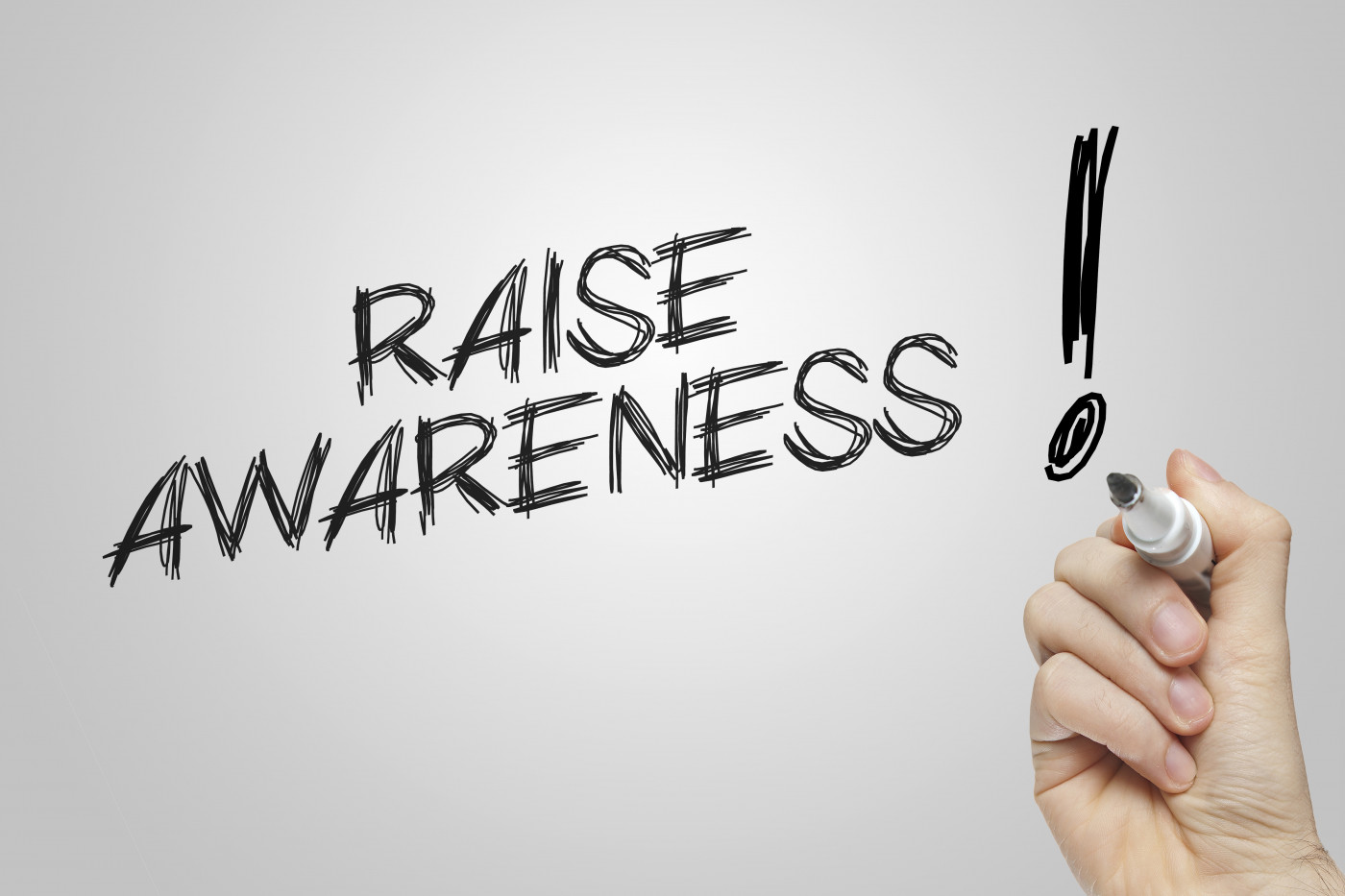Ehlers-Danlos Society Raising Awareness on Hypermobility Among Dancers, Gymnasts, Acrobats

The Ehlers-Danlos Society is launching an awareness campaign about hypermobility in athletics — especially in the dance, gymnastics, and acrobatic communities — to help families understand the challenges of having a super-flexible body.
The global initiative started in May, which is recognized as Ehlers-Danlos Awareness Month.
For highly flexible athletes in demanding arts and sports programs, having a body that’s naturally hypermobile can be a real advantage.
But for those living with hypermobile Ehlers-Danlos syndrome (hEDS) or with a hypermobility spectrum disorder (HSD), this advantage can turn into a significant challenge.
“My dance teacher loved me because of my flexibility,” Kate Schultz, a former dancer who has hEDS, said in a press release. “I could slide down into the splits without realizing anyone else struggled. I could stretch and contort my legs in more complex pretzels than anyone else in my classes.
“As I’ve gotten older, the flexibility has turned into instability,” Schultz said. “Joints that did me favors by being loose when I was younger are now unable to stay where they belong and are a detriment to my well-being.”
Joint hypermobility can be one of the most frequent symptoms of EDS and other hypermobility spectrum disorders (HSD). It can be an advantage in certain activities and, in fact, researchers have observed that there is a high prevalence of hypermobile ballet dancers and gymnasts.
However, because hypermobile athletes are more susceptible to injuries and other health problems, those with Ehlers-Danlos syndrome or HSD often face serious challenges as they reach for higher levels of athleticism.
Consequences associated with hypermobility include instability and frequent dislocations of the joints, pain that can become chronic, and other symptoms that later in life can limit what these people can do.
In fact, research has shown that hypermobile athletes face potential injuries more often than their non-hypermobile colleagues, and they take longer to heal, often preventing career advancement or even leading to early retirement.
Another challenge is that EDS and HSD are often under-diagnosed for long periods of time, in both the general population and among athletes.
While these people may need more frequent medical attention, they also find that few physicians, trainers, and coaches are adequately trained to treat, care for, or even evaluate hypermobile athletes.
“Before my diagnosis, my doctors all assumed that I was hypermobile because I was a competitive gymnast,” said Jessica Adelman, a disability advocate.
“It never occurred to any of them that I was a gymnast because I was naturally hypermobile,” she said. “As a result, my hypermobility was dismissed as irrelevant, and it took 11 years and 18 doctors to finally receive my hEDS diagnosis. By then, my gymnastics career was over.”
Early diagnosis is crucial in preventing career-ending injuries. For these athletes, getting an accurate diagnosis can be the first much-needed step to finding appropriate care and management.
For example, physical therapy can help protect the joints, correct postural alignment can help prevent strains and injuries, and informed physicians can ultimately help patients navigate other symptoms like pain or fatigue.
To help raise awareness for hypermobility, the Ehlers-Danlos Society wants to improve communication between families, teachers, and sports and arts coaches, and also to educate athletes, physicians, and trainers about EDS and HSD.
“Everyone involved in dance and gymnastics should know about EDS and HSD,” said Lara Bloom, international executive director of the Ehlers-Danlos Society. “If instructors and trainers are able to recognize the signs of these conditions, more of these athletes can receive appropriate care, which can reduce injuries, prolong careers, and ease pain.”
Anyone can help raise awareness among these and other hypermobility-intensive communities. By learning more about EDS and HSD, anyone can tell their friends about them or post related information on their social media channels.
People can also reach out to schools, gyms, and studios to offer awareness posters and brochures, or tell the Ehlers-Danlos Society more about their own experience with EDS or HSD.






